The Beginning of A Forgotten Herd
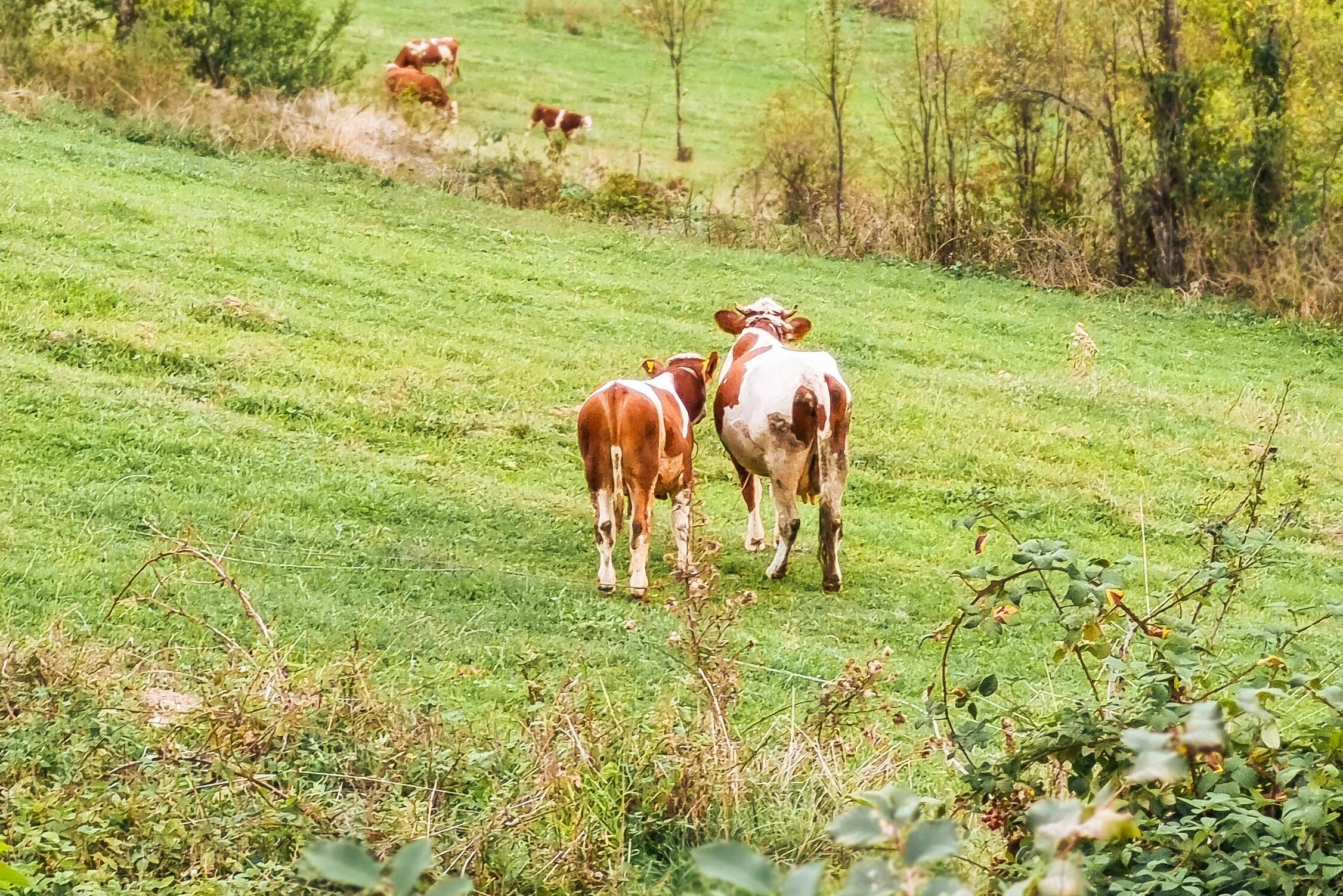
It all began over 150 years ago when a small group of cows was left behind on Amsterdam Island, a remote speck in the Southern Indian Ocean. Brought from Réunion Island by settlers hoping to raise livestock, the plan quickly failed. Harsh weather, isolation, and limited resources made human life unsustainable, so the settlers left—abandoning the cows to survive on their own.
At first, their survival seemed unlikely. How could domestic cattle endure on a barren island with scarce fresh water and minimal vegetation? Yet, against the odds, the cows adapted. Quietly and unnoticed, they carved out a life in this harsh environment, starting a story of resilience no one expected. Source: en.as.com
Thriving Against the Odds

Against all expectations, the cows not only survived—they thrived. Descended from hardy Jersey cattle, they were well-suited to the island’s harsh conditions. Over time, their population grew to around 2,000, living entirely wild without human support. They learned to locate scarce water sources, feed on limited vegetation, and adapt their social behavior to island life.
Scientists observed striking evolutionary changes. The cows developed smaller bodies, likely to conserve energy and survive on less food. Their coats varied in color, their horns grew to medium length, and other traits began to diverge from their mainland ancestors. Isolated on Amsterdam Island, these animals became a living example of how species can rapidly adapt to new and extreme environments. Source: jygeorges.free.fr
Unique Evolution on the Island
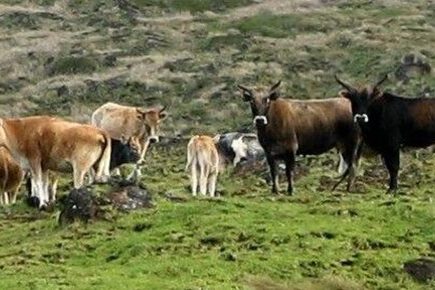
What makes these cows truly remarkable is how their evolution defied expectations. Instead of becoming larger or more aggressive, they grew smaller and more efficient. Their reduced size lowered food needs, while varied coat colors may have helped with camouflage or temperature regulation. Medium-length horns struck a balance between defense and energy use. Without human care, they developed natural resistance to local parasites and disease. Researchers see them as a rare example of island dwarfism combined with behavioral adaptation—traits that helped the herd survive for generations. Their story offers a fascinating glimpse into how domesticated animals can evolve and thrive in the wild. Source: en.wikipedia.org
Ecological Impact Emerges

However, this success came at a cost. The cows’ grazing disrupted Amsterdam Island’s fragile ecosystem, home to endangered species like the Amsterdam albatross, which depends on undisturbed breeding grounds. The cattle trampled vegetation, threatened native herbivores, and damaged key plants like Phylica arborea, essential for soil stability and habitat structure.
As the herd became more entrenched, conservationists grew increasingly concerned. The island’s already vulnerable ecosystem showed signs of serious degradation. Their presence raised a difficult question—how do you protect native species when an introduced animal has become part of the landscape? Source: youtube.com
Conservation Conflict
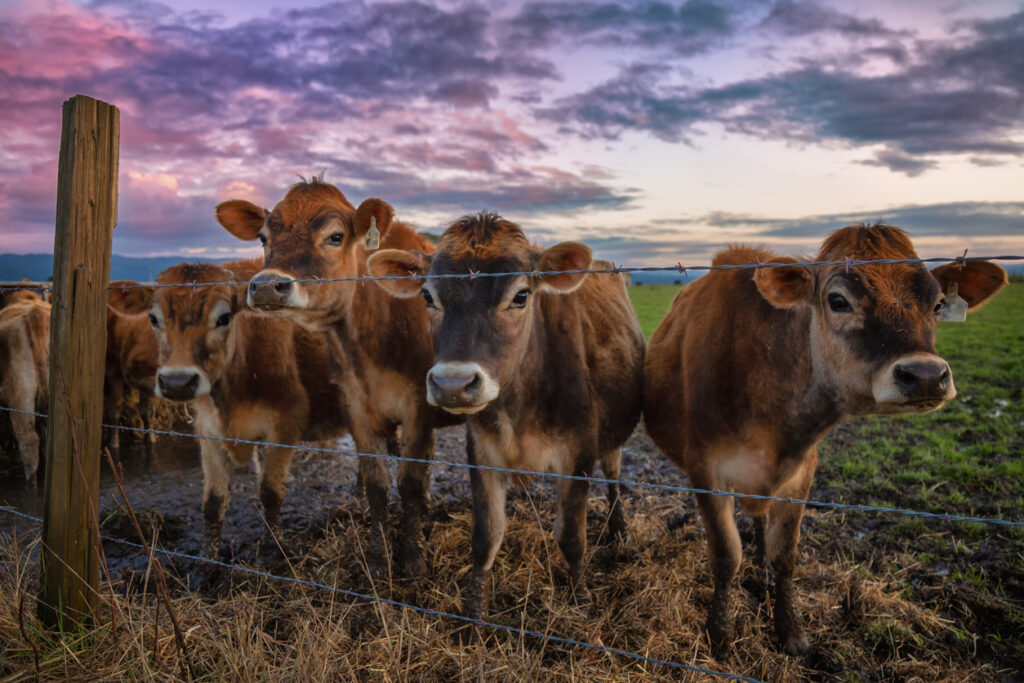
Initial efforts focused on containment. Fences were installed to keep the cows out of sensitive areas, giving some habitats a chance to recover. But it was only a temporary fix. By 2007, authorities made the difficult decision to cull the entire herd to protect the island’s endangered plants and animals. The operation began in 2008 and concluded in 2019.
The move sparked intense debate among conservationists, ecologists, and animal welfare advocates. Some argued the cows had become a unique genetic resource and a rare case study in evolution. Others stressed the urgent need to restore the island’s native ecosystem. The controversy underscored the complex ethical and ecological challenges that arise when managing invasive species introduced by humans. Source: sciencedirect.com
The Unsettling Ending
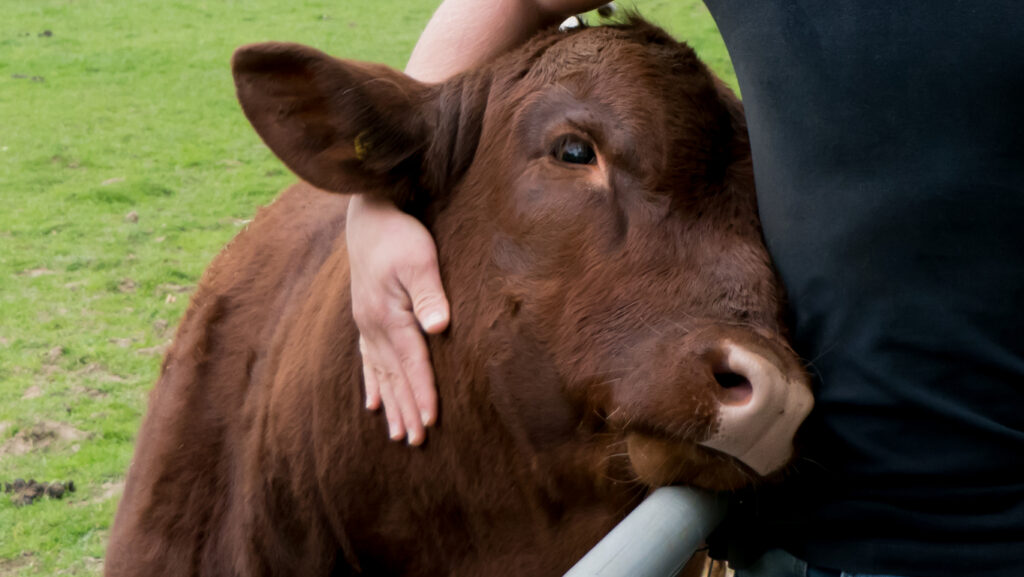
The culling of the Amsterdam Island cows marked the end of a remarkable evolutionary journey. Many experts mourned the loss, viewing it as a premature end to a rare natural experiment. Their extinction erased a living example of adaptation and resilience shaped by isolation and adversity. What was once a testament to survival became a cautionary tale about the unintended consequences of human actions and the hard choices conservation often demands. The eradication also raised deeper questions about how we value biodiversity—not just native species, but those that evolve uniquely in human-altered environments.
Lessons from Isolation
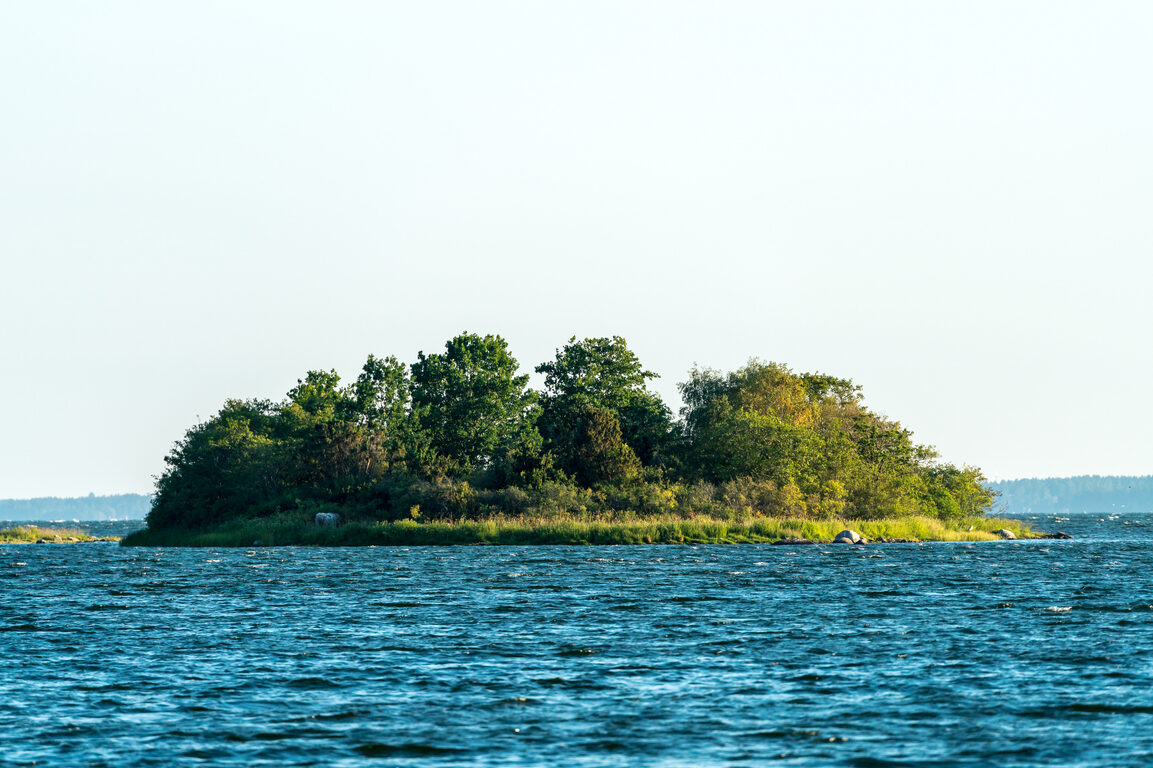
This saga reveals the powerful role of isolation in shaping species. When animals are cut off from their original habitats and human care, they can evolve surprising traits to survive. But it also highlights how such isolated populations—especially human-introduced ones—can disrupt fragile ecosystems. Balancing the preservation of unique genetic legacies with the protection of native habitats is a delicate challenge. The story of the Amsterdam Island cows reminds us to think critically about how we manage wildlife, invasive species, and conservation goals. It’s a vivid example of nature’s resilience—and the tough decisions that come with protecting it.
Parallel Stories Elsewhere
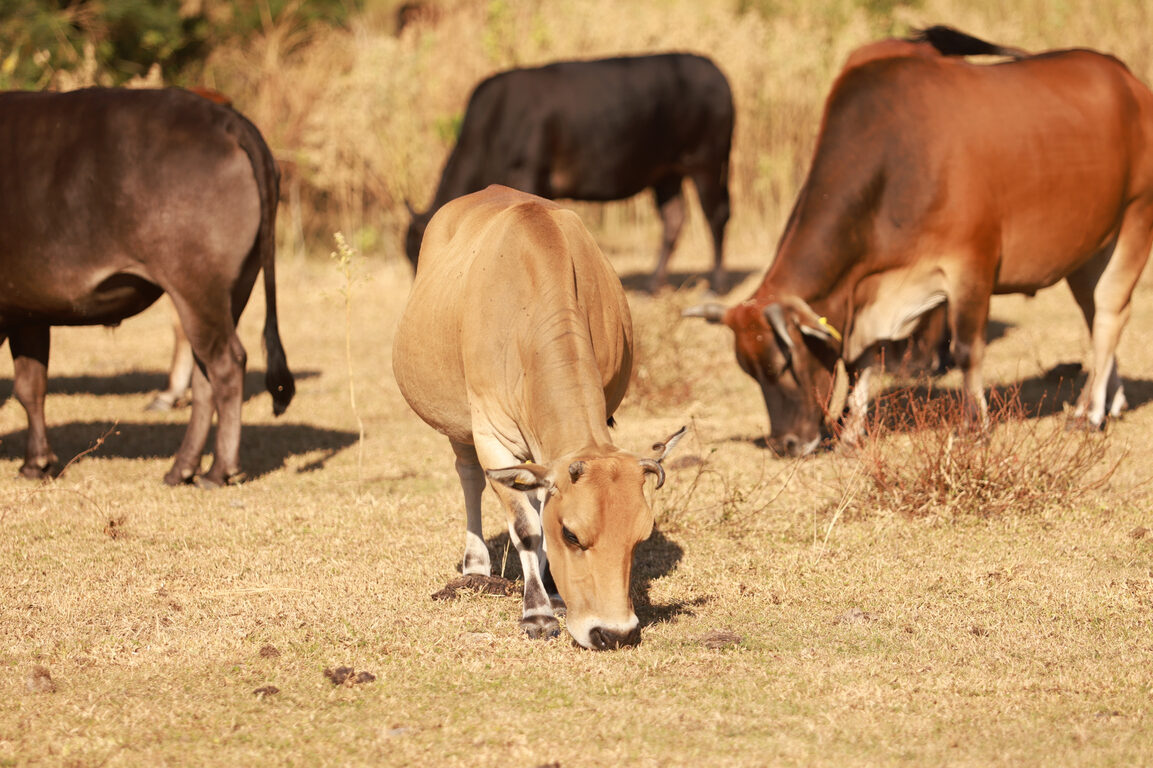
The tale of the Amsterdam Island cows is not unique. Around the world, abandoned or feral cattle have transformed landscapes and sparked conservation dilemmas. On Alaska’s Chirikof Island, cattle introduced in the 19th century have altered vegetation and competed with native species, fueling ongoing debate. In the Galápagos, feral goats and cattle have wreaked havoc on fragile ecosystems. These cases reflect a global pattern—domesticated animals gone wild can become powerful ecological forces, capable of both resilience and disruption. They remind us that human decisions often have lasting, unpredictable impacts on the natural world.
The Broader Picture

Beyond their specific stories, island feral populations serve as living laboratories for studying evolution, genetics, and ecology. They reveal how species adapt to new environments, how isolation drives change, and how ecosystems respond to invasive pressures. But they also pose difficult questions for conservation—should we preserve these unique populations or focus on protecting native species? The Amsterdam Island cows embody this tension, illustrating the complexities of managing biodiversity in a human-shaped world. Their story is a powerful reminder of adaptation, survival, and the lasting consequences of abandonment.
Reflecting on Nature’s Resilience
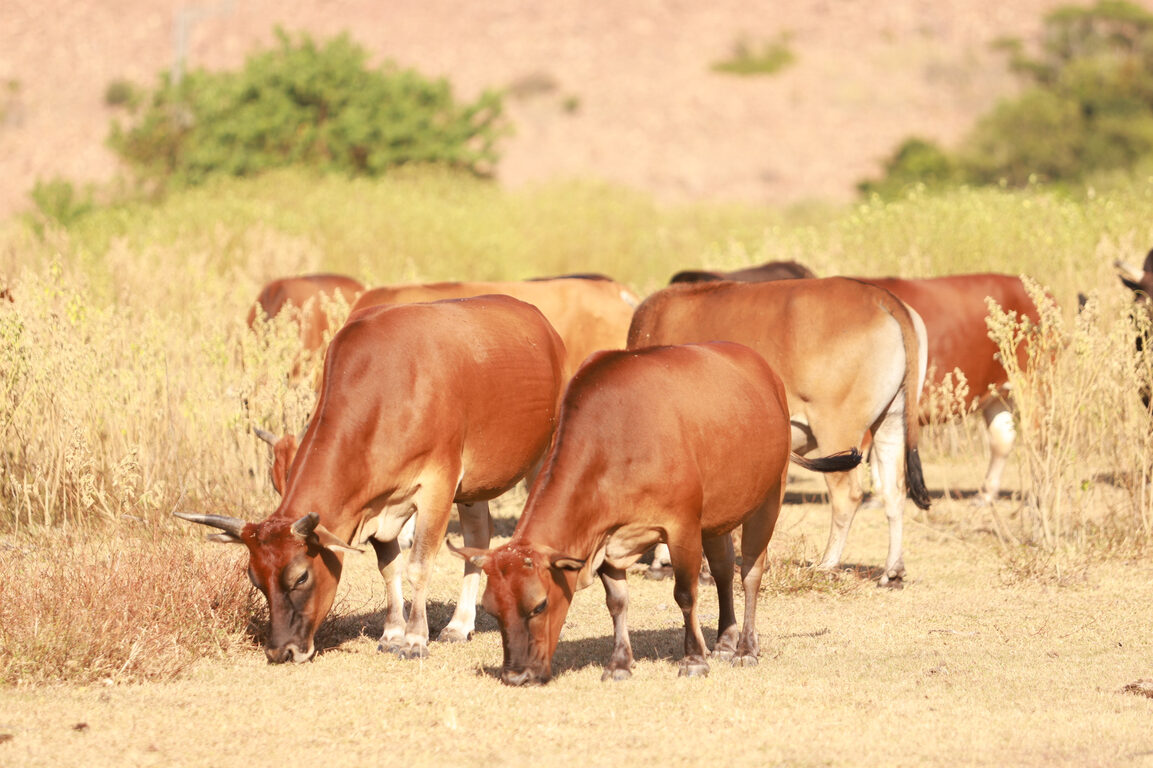
In the end, the story of Amsterdam Island’s abandoned cows is a poignant reminder of nature’s resilience and its fragility. These animals adapted and thrived for over a century in isolation, becoming a rare symbol of survival against the odds. Yet their eventual eradication highlights the complex intersection of evolution, ecology, and human responsibility. Their legacy lives on—not only in scientific research, but in the questions they raise about how we shape the natural world and the care we must take in doing so. It’s a story of survival, change, and the sometimes bittersweet consequences of intervention.


